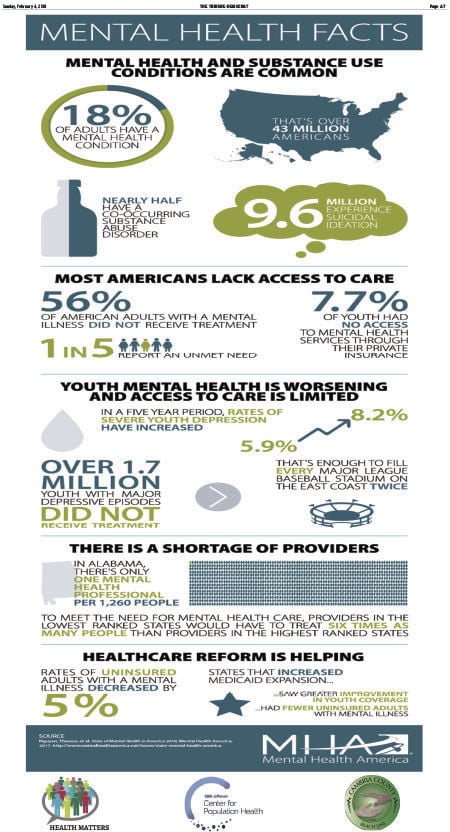Understanding The Difference Between Medical Care And Urgent Care: Establishing The Appropriate Solution To Look For

Material By-David Medlin
When it pertains to your health, knowing whether to choose health care or urgent treatment can be critical. Recognizing the differences in between these 2 services and identifying the specific situations where each shines is important for making notified decisions about your medical demands. By understanding the subtleties of medical care and immediate treatment, you can navigate the healthcare landscape better and ensure that you obtain the suitable level of focus when seeking treatment.
Key Distinctions In Between Health Care and Urgent Treatment
Wondering just how primary care differs from immediate care and when to choose each? Let's break Functional Testing down for you. Health care focuses on preventative treatment and handling overall health. You visit a health care doctor for regular examinations, inoculations, screenings, and ongoing health and wellness issues. This type of care develops a lasting partnership with a doctor who understands your medical history and can assist you through various health problems.
On the other hand, immediate treatment is for instant clinical needs that develop unexpectedly. If you have a minor injury or disease that calls for timely interest yet isn't lethal, urgent care centers are geared up to handle it. They use extended hours and walk-in consultations, making them practical for unexpected health concerns that can't wait on a medical care visit.
Aspects to Take Into Consideration Before Picking Treatment
Prior to deciding in between medical care and immediate care, consider assessing the severity of your clinical concern and the seriousness of therapy required.
First, analyze the seriousness of your symptoms. If you're experiencing light symptoms like a cold, rash, or small sprain, health care might appropriate. On the other hand, if you have severe signs such as chest discomfort, trouble breathing, serious allergies, or deep cuts calling for instant attention, immediate treatment is likely more appropriate.
In addition, think about the time of day and day of the week. Primary care clinics usually operate throughout regular service hours, while immediate treatment facilities usually offer extended hours and weekend break availability.
Another factor to ponder is price. Urgent care check outs are usually a lot more pricey than health care visits, so if price is an issue, health care might be the more cost-effective option.
Recognizing When to Seek Urgent Treatment
To identify when to seek urgent care rather than health care, examine the severity and seriousness of your clinical issue, focusing on symptoms like breast pain, trouble breathing, serious allergies, or deep cuts that require prompt interest.
If you experience sudden and severe upper body pain, particularly if it radiates to your arm or jaw, it could suggest a cardiac arrest, necessitating urgent medical examination. In a similar way, problem breathing, particularly if it comes on instantly or is accompanied by breast tightness or wheezing, may represent a significant respiratory problem that calls for timely interest at an urgent treatment facility.
Severe allergic reactions, such as swelling of the face or throat, hives around the body, or trouble ingesting, can indicate anaphylaxis, a deadly problem that requires immediate therapy. Deep cuts that are bleeding profusely, gaping open, or revealing underlying cells ought to be reviewed at urgent care to avoid infection and guarantee correct wound closure.
If you experience any one of these symptoms, seeking immediate treatment promptly is critical for your health and well-being.
visit the site , comprehending the distinction between medical care and immediate treatment is crucial in ensuring you obtain the appropriate level of medical focus for your demands.
By taking into consideration aspects such as the intensity of signs, time constraints, and center schedule, you can make an informed choice on whether to look for routine care from a health care service provider or immediate focus from an immediate treatment facility.
Prioritizing your health and health starts with recognizing when to look for each solution.

